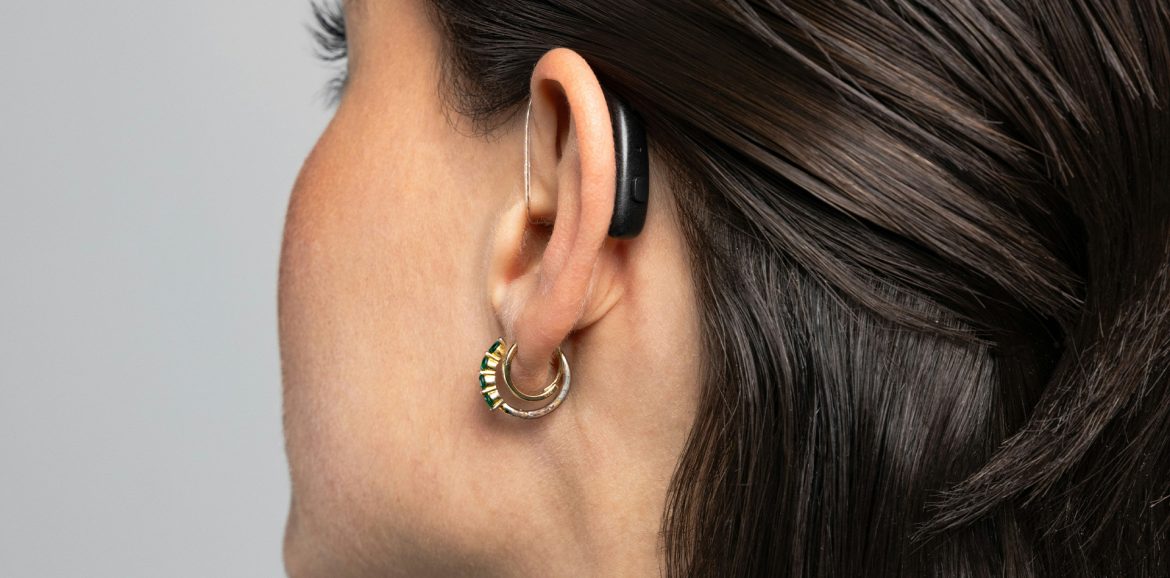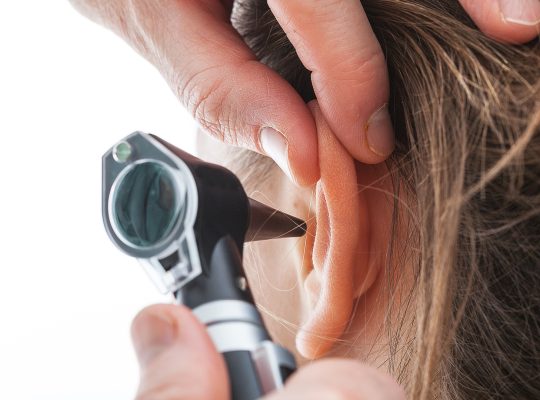There you are. You’ve picked up your hearing aid, it’s in your ear, and … well, now what? For many people, it takes some getting used to. Not only to the sound, but also to the feeling, the reactions from those around you, and your own expectations. The first week with a hearing aid can be exciting, tiring and surprising – sometimes all at the same time.
Whether you’re just starting out with hearing aids or thinking about taking the plunge: in this blog, you’ll learn what to expect from those first days. So you’ll start with realistic expectations and a little confidence.
Expectation versus reality
Many people think (or hope) that a hearing aid immediately solves everything. As if you put on glasses and suddenly everything is sharp again. But with hearing, it works a little differently. Your brain has to relearn how to deal with sounds that it may not have heard for a long time.
The hearing aid does amplify the sound, but it does not teach you to listen again. That process takes time. On average, it takes a few weeks to months before you are fully accustomed – but a lot happens in that first week.
Day 1: everything sounds … a lot
As soon as you put your hearing aid in for the first time, you notice one thing right away: there is sound. A lot of sound. Things you didn’t hear before (anymore) suddenly stand out. The refrigerator hums, your shoes tap on the floor, you hear yourself breathing or swallowing.
That’s not necessarily pleasant. Some people even get a little overwhelmed. And that’s perfectly normal. After all, your brain is no longer used to filtering all those sounds. That will come naturally – but give it a moment.
Your own voice also sounds different. It may sound hollow, harsh or with echo. This is called the “occlusion effect” and usually disappears by itself as you get used to wearing your hearing aid.
Day 2-3: fatigue and habituation
On the second and third day, many people feel a little tired or irritable. Not surprising, because your brain is working overtime to process everything. Sounds you didn’t know about before suddenly come in – and that takes energy.
Still, it is good to wear it as much as possible. You don’t have to walk around with it all day yet, but try a little longer each day. The more you practice, the faster your brain will get used to it.
You will notice that some sounds slowly begin to sound “normal” again. You begin to distinguish between background noise and important information, such as voices.
Day 4-5: initial interviews
Around the fourth or fifth day, many people go with their hearing aids on for the first time to a social situation: a birthday, coffee date or work environment. And that immediately presents a challenge.
In a quiet setting, you will find that conversations are clearer and less tiring. In a busier setting (such as a crowded café), on the other hand, it may be difficult for a while. Many hearing aids are equipped with technology that suppresses background noise, but it doesn’t work perfectly right away. That, too, is a matter of practice.
Above all, stay honest with those around you. Feel free to say, “I have a new hearing aid and am still getting used to it.” You’ll find that people actually respond understandingly to that.
Day 6-7: confidence grows
After a week, many people begin to feel more confident. You know how to turn the device on and off, you have an idea of how to clean it, and you know when it works well (and when it doesn’t).
The fatigue slowly subsides, and you probably already notice a difference in conversations and ambient noise. Maybe you hear birds again, music sounds fuller, or you hear your water faucet tapping in the sink again – little things that make a big difference.
Don’t expect a perfect experience yet, but be proud of the steps you’ve taken. The beginning has been made.
Frequently asked questions during the first week
“It still doesn’t sound as I had hoped. Is there something wrong with my aid?“
Not necessarily. Most hearing aids are deliberately adjusted quietly in the first few weeks. Your hearing care professional adjusts the device step by step. Remember: your hearing as well as your brain needs to get used to it.
“I hear a beep or whistle.“
That could be “feedback” – a kind of ringing sound. This is often due to the device not sitting properly in your ear, or if you hold your hand near it. Reinserting it for a while usually helps. Does it keep happening? Report it to your hearing care professional.
“All these new sounds are driving me crazy. Can I take a break from the device sometimes?“
Yes, of course. Especially in the beginning, it’s fine to take a break now and then. But do try to wear the device daily so your brain can practice.
“What if I still don’t understand people well?“
Give yourself time. And write down situations where it’s difficult so you can discuss them during your first checkup. Sometimes a little adjustment can make a lot of difference.
Tips for a great start
- Practice in quiet environments. Start a conversation at home, listen to music, or watch a series with subtitles.
- Wear the device daily. If necessary, in blocks of a few hours. Every day contributes to habituation.
- Be patient with yourself. It is not a sprint, but a process. Give yourself space to get used to it.
- Write down experiences. What sounds good? What bothers? What situations are troublesome? This will help with later adjustments.
- Schedule a follow-up checkup. Often after 1 to 2 weeks. Then the device can be better tailored to your experience.
Give it time
The first week with a hearing aid is a special one. You hear things again that you might have forgotten. It can be overwhelming, but also hopeful. Every hour you wear your device helps your brain learn to listen again.
Be gentle with yourself, ask questions when in doubt, and know: getting used to it is normal. Within a few weeks you will really notice the difference – and it is well worth the investment.
Are you looking for useful accessories or care products for your hearing aid? In our webshop you will find everything you need for a comfortable start: from drying boxes to cleaning sprays, from hearing-friendly storage boxes to soft cleaning wipes.








